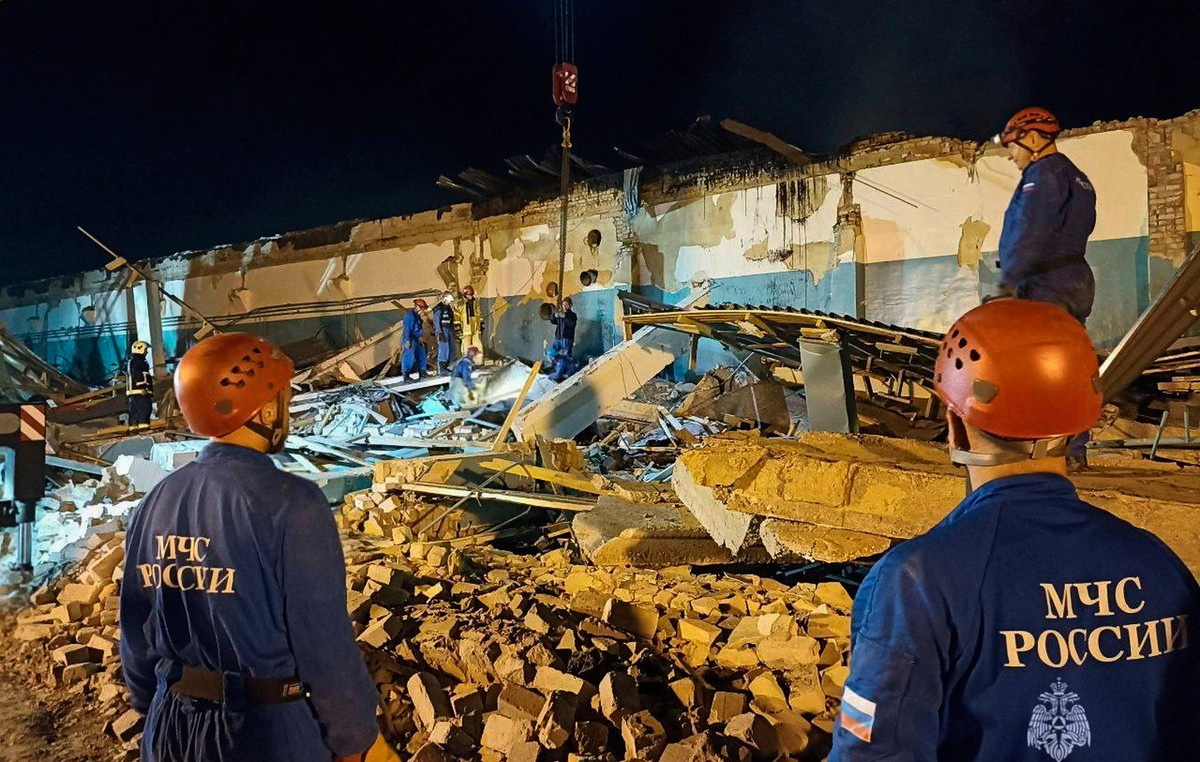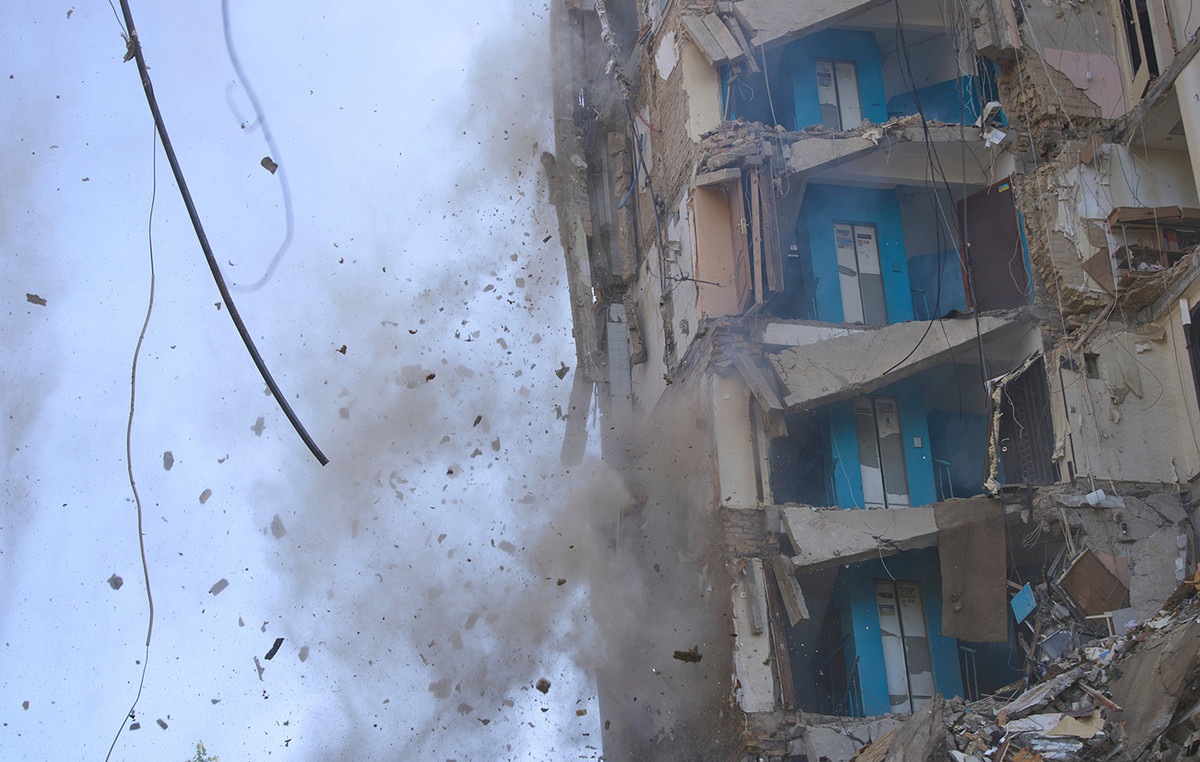A coal mine in a remote part of Russia is spewing massive amounts of methane, a very potent greenhouse gas, in what has been described as the “biggest” methane leak ever detected at a single facility.
The Raspadskya Mine in the Kemerovo region of southern Russia is emitting nearly 90 tonnes of methane every hour, according to new data from GHGSat, a company that uses satellites to monitor methane leaks from space.
The company said it detected 13 distinct methane spots during a satellite record on January 14, 2022, and observed more spots at subsequent dates.
Stephane Germain, founder and president of GHGSat, told CNN on Wednesday (15) that the January 14 leak was not a one-time incident – the company has detected consistent leaks from the facility over the past five months.
“We found major leaks all over the world, but this one stood out,” Germain said, adding that it was the biggest leak on record. GHGSat said that if the emission continued at the same rate for a year, the mine would emit more than 764,000 tonnes of methane – equivalent to the amount of natural gas needed to power 2.4 million homes for a year.
To date, Raspadskaya, the company that operates the mine, has not responded to a request for comment made by the CNN .
After carbon dioxide, methane is the second largest contributor to human-caused climate change.
Methane is the main component of natural gas that is used to heat homes and cook, and it can leak from coal mines, oil and gas drilling, as well as from pipelines that transport fossil fuels. It also comes from landfills and agriculture, with cows being one of its biggest sources of emissions.
For a long time, methane was ignored as a problem, because its total emissions are significantly lower than those of CO².
However, the gas has approximately 80 times more short-term warming power than CO², and according to the United Nations Intergovernmental Panel on Climate Change, the concentration of methane in the atmosphere is now higher than at least 800,000 years old.
“If we can find the sources of methane around the world, that could have a very big short-term impact on climate change, with ways to reduce those emissions,” Germain said.
The gas is difficult to detect because it is invisible and odorless. GHGSat is using six satellites with high-resolution spectrometers that make the methane visible and can pinpoint the exact source of the leaks.

“Each gas in the atmosphere absorbs light at a specific wavelength, each gas has a ‘spectral fingerprint’ and the spectrometer looks for these fingerprints,” Germain explained. He said the leak in Russia fits into a broader trend the company is seeing around the world.
“Coal mining emissions have increased significantly in the past year. We’ve seen it in China, in Russia, in the United States, in Australia, and so systematically, for us, it indicates that there has been an increase in coal production,” he said.
An agreement to reduce coal use was one of the main points at last year’s COP26 climate summit in Glasgow, with countries finally agreeing to “phasing out” consumption as part of their efforts to combat global warming.
Germain said that the increase in coal production is correlated with the increase in gas prices. “Countries that have coal resources are likely very interested in alternative energy sources at a lower cost than the current gas. Frankly, it’s very unfortunate,” he said.
GHGSat said the large methane release from the Raspadskya Mine could be intentional and safety related at the mine. He explained that methane is an unavoidable by-product of mining, with pockets of gas released during the extraction process.
A large buildup of methane in underground tunnels can be extremely dangerous because the gas is explosive. Miners at the Raspadskaya site have already suffered deadly consequences; in 2010, a gas explosion at the mine killed more than 60 people.
Source: CNN Brasil







